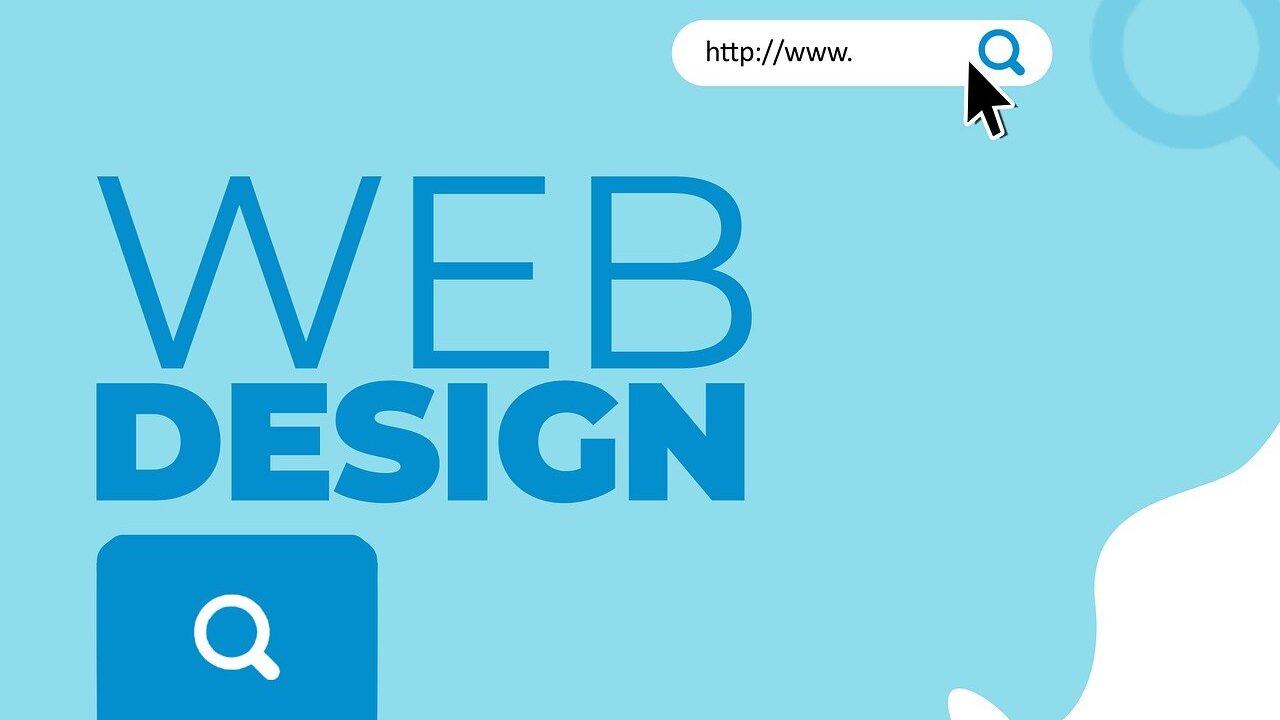A social media calendar is a key part of your entire social media strategy. It sounds like an enormous commitment at first, but it’ll pay that time back in the future.
Whether it’s a simple grid with a few links or a bespoke dashboard that can plan out dozens of feeds, your social media content calendar can be as simple or complex as your brand needs it to be.
Read on and we’ll guide you through the steps necessary to make your own and look at some real-world examples. We’ll also list our favourite social media content calendar apps.
What is a Social Media Calendar?
Social media calendars summarize your upcoming posts on social media. Spreadsheets, Google calenders, or interactive dashboards are all ways to organize social media results.
There are usually some combination of the following elements in a social media calendar entry:
- Posting time and date
- Where the post will appear on social media and the account
- Copy and creative assets (such as photos or videos) for the post
- Posting links and tags
- Any additional relevant information (e.g. is this an Instagram feed post or a Story?)
Depending on your social media strategy, your social media calendar can include one or many social networks.
Why You Need a Social Media Content Calendar
A lot of business and social media managers have not embraced the importance and ease associated with a social media content calendar. For this reason, this aspect will showcase some of the important reasons every business or brand must have a content calendar. They include;
1. Helps You Get Organized
Every day, you will have to focus on your social media marketing goals, just as you will have to with every other goal in your day planner. Don’t wait until you’re inspired to get started.
Social media calendars help you organize your work, batch tasks, avoid multitasking, and record your creative ideas.
It’s a great way to eliminate the need to search endlessly for inspirational quotes to post on social media ever again.
Even though you’ll be updating your feed several times a day, you don’t need to monitor it constantly. You can schedule social media posts in advance with certain social media calendar tools, and you can also manage engagement from one place.
2. Make Frequent Posts
The first tip from experts, no matter what your goals are, will always be “post consistently.” There is no way around it.
The reason?
Engagement on social media hinges on consistently appearing in the feeds of your audience. By having an impressive engagement, you will increase your organic reach on the platform; in turn, more people will see your posts and follow you. The only way to raise your conversions is to connect with your audience in a real way.
If you have posts scheduled in advance, you’ll remain consistent in your social media posting, whether there’s a slow news week or your biggest promotion of the year.
3. Avoid Huge Mistakes
Creating fail-safes into your workflow is a result of planning your posts ahead of time. Working in advance makes it a lot easier to copy-edit and fact-check the text, and reach out to stakeholders, such as the legal team or the CEO.
By creating a social media calendar, especially one that allows approval of messages from team members, you can prevent low-key embarrassments once or multiple times or a high-profile crisis.
4. Improved Social Strategies
Many of the world’s biggest social media brands run multiple campaigns at once, whether they’re long-term, medium-term, or short-term. So that’s what I post daily.
Once you have your schedule nailed down, your glorious brain is freed up to tackle even bigger questions. Is it worth running an Instagram contest? Do you want to partner with influencers? Introduce an employee advocacy program on social media or get your brand on LinkedIn.
The moment you have your schedule under control, your brilliant brain can begin building even larger issues. If you’ve nailed down your schedule, you can begin tackling even larger issues.
5. Stay Atop Relevant Trends
Your brand’s social media calendar helps you observe worldwide global events that are relevant to your audience.
If you’re in the digital marketing space, you will know of the latest and the best digital marketing trends that can help you grow massively online.
6. Create Higher-Quality Content
Since the early days of social media, the quality of production has increased dramatically.
Creating one social media post often involves several creative individuals: writers, designers, video editors, photographers. If you ask your team to drop everything and make an Instagram Story, you will not win hearts and minds.
With an effective social media calendar, your team can allocate both human and digital resources effectively.
A consistent voice and content strategy will support your marketing goals.
7. Helps Tracking and Change of Plans
Scheduling leads to completion and measuring leads to improvement.
You can learn a lot from your social media analytics. You can schedule your experiments for improvement by using a social media content calendar. Create an A/B test plan until you find the right recipe for the type of content, format, post frequency, and the best time of day to post for each social platform.
How To Create A Social Media Calendar
There are 8 steps to creating an effective social media calendar. These steps include;
1. Examine your Social Media Accounts and Content
You will be able to identify areas where you need to improve and new opportunities for your social media efforts by developing a clear picture of your current efforts. Optimizing your ROI often begins with a content audit.
Take the time to go through your social media accounts. With the best information, you can tackle your refreshed social strategy with confidence. These are the specifics about your brand, accounts, and audience that are unique to you.
2. Choose your Social Channels
Keeping up with recent developments requires a concerted effort amid the daily grind. Do Twitter threads matter to your brand? How many of your followers use Instagram?
This is why you should take a minute to make sure you’re clear on each social media platform’s user demographics. And review best practices for business marketing strategies, too.
3. Identify the Social Media Content Calendar Metrics To Track
Perhaps you’re new to your side-hustle of writing social media posts for local artists. An Excel spreadsheet might be sufficient in such a case.
But if you are responsible for managing seven employees and a dozen consumer-facing brands, you will need a system that can track who is working on what and schedule when it will be completed, approved, and published — and then measure success.
4. Build a Content Library
Media resource databases or digital asset banks are names people sometimes give to these repositories.
Whatever you call it, you should not keep your supply of visual content in your iPhone or folders on your computer labelled “misc social.”
If you don’t have access to a network, Dropbox, Google Drive, your company’s internal network, or customized database software is an option. The following are some key features of social media content libraries:
- Large files can be stored there;
- You can access it from your phone as well as your computer;
- Easily shareable, yet the privacy features give you peace of mind;
- Rather than links to specific files, it provides links to individual files, which you can add to your calendar (or perhaps it integrates itself into your calendar).
As important as your social media calendar is how you set up your content library. Having to search for assets is a hassle, so the fewer you have to do, the better.
5. Establish a Workflow
Having gathered all the information possible, now is the time to start mapping out a daily, weekly, and monthly social media schedule.
Here are a few things to consider:
- What is your posting frequency for each channel;
- Posting to each of your channels at the right time
- The content ratio you will have
- How the communication will work and who will approve posts;
- How to brainstorm, assign, and create new content.
It is a good idea to document your social media workflow in a simple, easy-to-find place following the formation of the workflow. To answer texts from colleagues, or get a root canal while you’re chowing down on beignets in the French Quarter, it’s helpful to break definitions and processes down so you don’t have to deal with information overload.
6. Construct Your Posts
Surely you have several ideas racing through your mind at this point? Organize some discrete posts by going through the older posts.
As you work, pay attention to the way your calendar feels. Consider reducing some of the detail if it’s overly complex and finicky. There may be too few columns or not enough details.
7. Use the Feedback of YourTeam to Improve
Your work has been sculpted into the foundations of your organization, so it’s about time you shared it with the world, or at least with colleagues.
If you are planning to use your calendar every day (or every day when you are on vacation), make sure you invite everyone who will be making use of it.
Ask them to test it, and then schedule a conference call so that everyone can discuss what they’ve learned. Some gaps will likely appear.
- Is everyone armed with the necessary passwords?
- UTM parameters: Are they understood by people?
- Is there a member of your team who continues to abuse hashtags?
8. Publish/Schedule
Your social media calendar is up and ready to run.
You might discover that manual publishing still takes time as you begin publishing consistently. A high-volume feed especially necessitates your attention.
If that’s the case, your best bet is to use a calendar that also has scheduling capabilities.
What Social Media Content Calendar Apps & Tools Exist?
Social media content calendars are probably as numerous as social media managers.
Hootsuite Planner
The Hootsuite Planner is a favourite for many users.
Suggestions believe it topples Google Sheets because you can draft, preview, schedule and publish all of your social media posts directly from the calendar.
The Hootsuite Planner works for Facebook, Instagram, Twitter, Linked In, YouTube and Pinterest.
With Hootsuite’s planner, you can create an interactive social media calendar. All of your assets are in one place, allowing you to see everything at a glance. You can easily edit, schedule, and publish your posts there.
Your social media team can easily access and share the calendar with their colleagues and managers, and even create custom approval workflows that will make sure you never forget to update your busy calendar.
Google Sheets
Google Sheets is the engine of your social media vehicle: you’re not going to brag about it, but life without it would be unnecessarily complicated.
And while it may take some extra time to start rolling with pivot tables, there are handy social media calendar templates that at least take care of this aspect.
Conclusion
A social media content calendar will make it easier for you to execute many aspects of your social media programs which increase your visibility online while helping you convert your leads to customers.
In creating these calendars, ensure you utilize all the right tools to keep atop all the trends in your industry that can make your job easier as a social media team.





